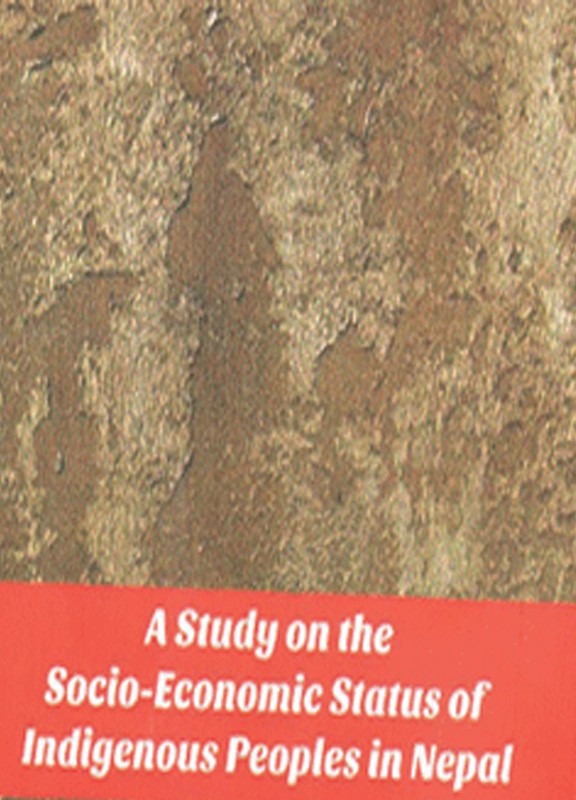This study entitled ‘Socio-Economic Status of Indigenous Peoples in Nepal’ assesses the poverty levels of the various Nepalese Indigenous Nationalities, or indigenous peoples. This compares the status of indigenous peoples with that of other castes and ethnic groups, in order to determine the extent of deprivation and exclusion of indigenous groups and provide the information necessary to analyze the laws, policies, and programs that aim to identify and address the needs of Nepal’s indigenous peoples.
Towards this end, the study analyses and further disaggregates available data and statistics and presents spatial information about the socioeconomic status of different indigenous peoples in Nepal. It presents the data using a broad set of socio-economic indicators specifically relevant to many indigenous groups in Nepal and compares the situation of indigenous peoples with that of other major caste and ethnic groups. It explicitly analyzes each indigenous group’s quality of life, poverty level, and the extent to which each group is benefiting from the country’s existing development schemes, services and resources. This study was conducted based on the data from the Nepal Living Standards Survey (NLSS), a national survey that is conducted periodically by the Central Bureau of Statistics (CBS) under the National Planning Commission Secretariat of the Government of Nepal.
The NLSS is the only authoritative, valid source of data periodically generated by a government agency that follows international standards for the understanding of the current socio-economic status of the country. The NLSS, however, provides only limited information organized by social group categories. By grouping Nepal’s many caste and ethnic groups into these broad categories, the NLSS fails to provide adequate data on the socio-economic status of individual groups, particularly indigenous groups. This report has been produced primarily focusing on indigenous peoples and their relations with the state vis a vis dominant caste groups reflected in the national data and explanations of the data tailored to satisfy the concerns of indigenous peoples. This report is not merely an academic exercise, but can serve as advocacy tool to indigenous rights activists and may be useful to Dalit activists as well. This study addresses the need for disaggregated data and statistics relating to different castes and ethnic groups, and specifically regarding the different indigenous peoples of Nepal.


